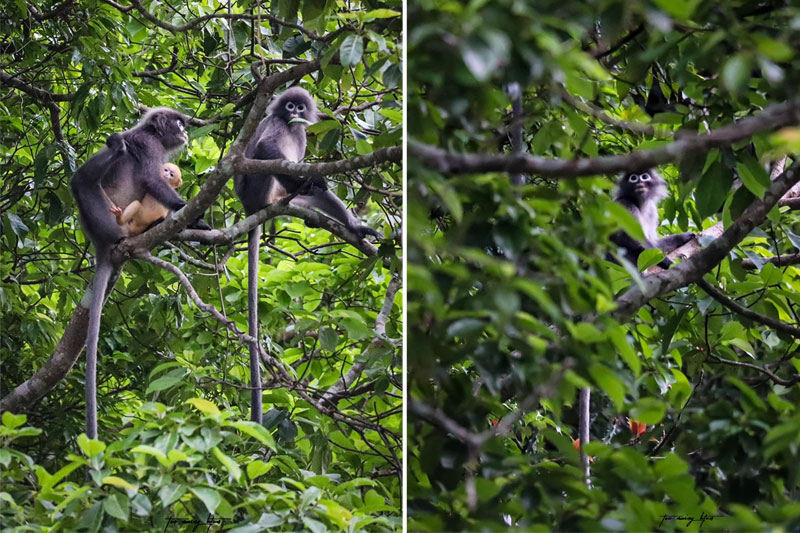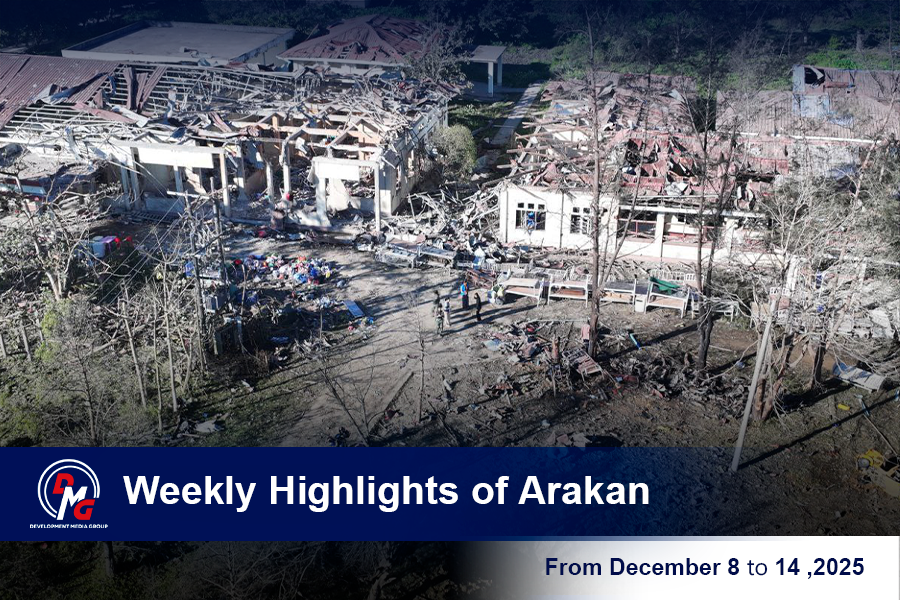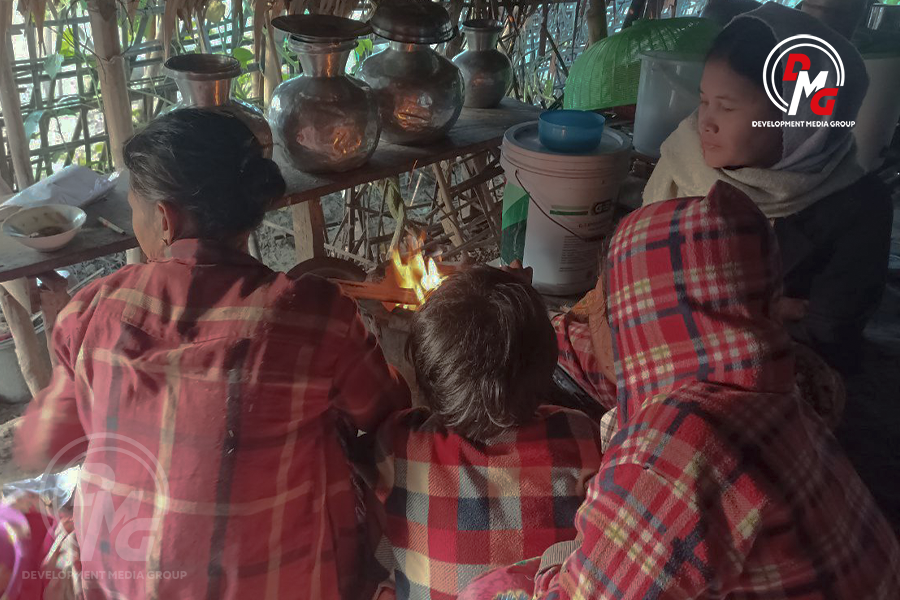- Junta unable to hold elections in dozens of wards and village-tracts in Sittwe, Kyaukphyu
- Fighting escalates between Myanmar military, Arakan Army in Ayeyarwady Region
- Regime steps up civilian arrests in Sittwe
- ULA safeguards Mrauk-U's ancient heritage
- Arakan on the Edge: What the DMG Landmine Impact Report Reveals About Myanmar's Deepening Humanitarian Crisis
Monkey species unique to Myanmar faces extinction, conservationists warn
The Popa langur (Trachypithecus popa), a species of monkey unique to Myanmar, is facing extinction due to loss of habitat and poaching, according to conservationists.
28 Jun 2023

DMG Newsroom
28 June 2023, Sittwe
The Popa langur (Trachypithecus popa), a species of monkey unique to Myanmar, is facing extinction due to loss of habitat and poaching, according to conservationists.
The monkey is listed as critically endangered on the International Union for Conservation of Nature (IUCN) Red List of Threatened Species.
Their wild population currently stands at only between 250 and 300, said Native Species Conservation & Identification (NSCI), a wildlife protection group in Myanmar.
“They are in danger of extinction. It is because they are either poached for meat or caught to be kept as pets,” said Ko Win Paing Oo of Native Species Conservation & Identification.
The Popa langur was discovered in 2020, and is named after Mount Popa in Mandalay Region.
The monkeys are also facing habitat loss due to deforestation and forest conversion.
“Their population has declined mainly due to hunting for food or catching to sell as pets. And their habitat was shrunken by cutting down trees,” said environmental activist Ko Saw Ko Oo from Hpa-an.
According to NSCI, around 110 Popa langur monkeys live on Mount Popa, between 20 to 30 live in Yathae Pyan Cave in Kayin State, between 46 to 96 in Pyadalin Cave Sanctuary in Shan State, and more than 20 in the Bago Mountains.
They are listed as a totally protected wildlife species by the Ministry of Natural Resources and Environmental Conservation.
There are between 300 to 500 monkey species globally, and around 20 of them are found in Myanmar, while the Popa langur is only found in Myanmar.




9 M.jpg)


.png)









